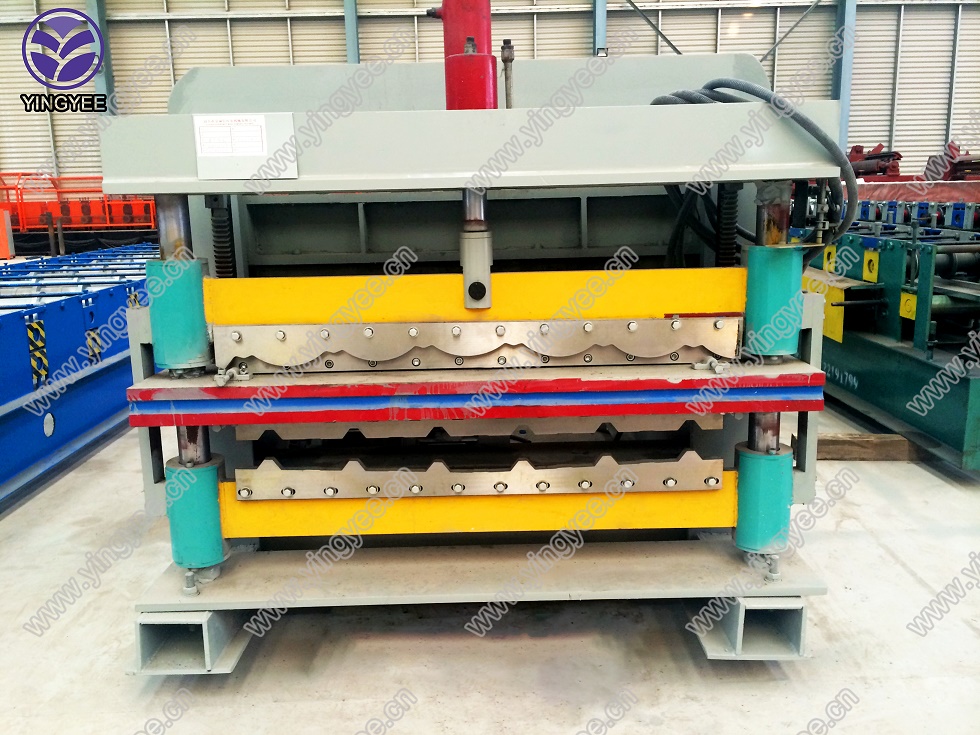
Cut-to-Length Production Line Enhancing Efficiency in Manufacturing
In the ever-evolving landscape of manufacturing, efficiency, precision, and adaptability play critical roles in maintaining competitiveness and ensuring client satisfaction. One of the most significant advancements in this domain is the cut-to-length production line. This innovative system optimizes the process of cutting materials into specific lengths, providing unparalleled benefits across various industries.
Understanding Cut-to-Length Production Lines
A cut-to-length production line is a specialized system designed to transform raw materials into pre-defined lengths for further processing or direct sale. The process usually involves feeding coils, sheets, or other forms of raw material into a machine, which then accurately cuts it according to specifications. This system can handle various materials, including metal, plastic, and composite materials, making it versatile across different sectors.
Key Components and Functionality
The primary components of a cut-to-length production line typically include a decoiler, a leveling machine, a cutting device, and a stacking system. The decoiler unwinds the raw material, while the leveling machine ensures flatness and uniformity, preparing the material for cutting. The cutting device then executes precise lengths, and finally, the stacking system organizes the finished products for packaging or further processing.
Automation plays a crucial role in these systems. Modern cut-to-length lines often employ advanced technology such as computer numerical control (CNC) and robotics to enhance accuracy and speed. These features reduce human error, minimize waste, and significantly increase production rates, making the process both cost-effective and reliable.
Advantages of Cut-to-Length Production Lines
1. Increased Efficiency By automating the cutting process, companies can significantly reduce cycle times. The ability to quickly produce material in specified lengths allows manufacturers to respond promptly to market demands and customer orders.

2. Cost Savings The precision offered by cut-to-length systems reduces material waste, translating to lower raw material costs. Automation further decreases labor costs, as fewer personnel are required to oversee operations.
3. Flexibility Cut-to-length production lines can be easily adjusted to accommodate different materials and sizes, allowing manufacturers to diversify their offerings without investing in separate, specialized machinery.
4. Improved Quality Control Consistent measurement and cutting reduce variations in product length, leading to enhanced quality and uniformity. This reliability is crucial in industries where precision is paramount, such as aerospace, automotive, and construction.
5. Enhanced Safety With fewer manual interventions required in the cutting process, there is a reduced risk of workplace accidents. Automated systems are designed with safety features that protect operators while maintaining efficient production flows.
Applications Across Industries
Cut-to-length production lines have found applications in diverse sectors. In the metal industry, they are pivotal for producing sheets used in automotive manufacturing and construction. In the plastics industry, these lines enable the precise cutting of packaging materials and components for consumer products. Additionally, the furniture industry benefits from cut-to-length systems for producing standardized lengths of wood and composite materials.
Conclusion
As industries continue to seek ways to enhance efficiency and reduce operational costs, cut-to-length production lines stand out as a transformative solution. Their ability to automate the cutting process not only streamlines production but also ensures high-quality outcomes. For manufacturers looking to remain competitive in a challenging market, investing in a cut-to-length production line may very well be the step needed to achieve greater efficiency and customer satisfaction. Embracing this technology is not just about keeping up; it’s about leading the way in innovative manufacturing practices.